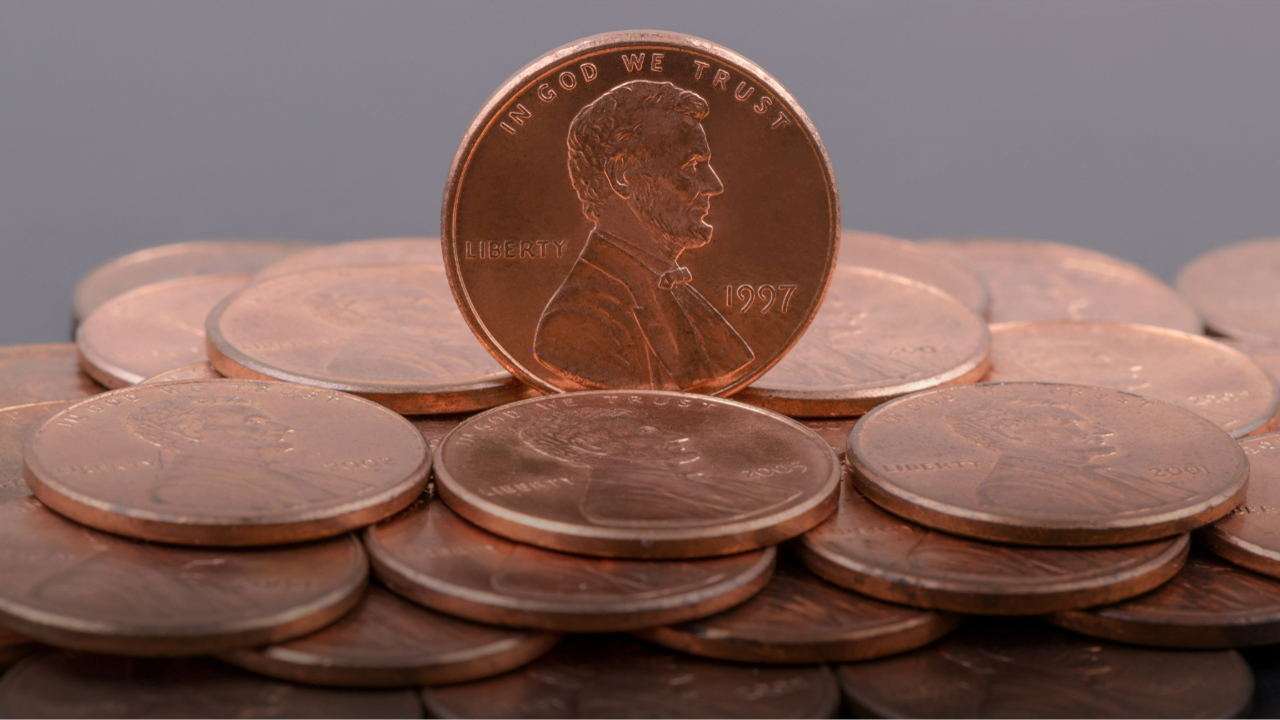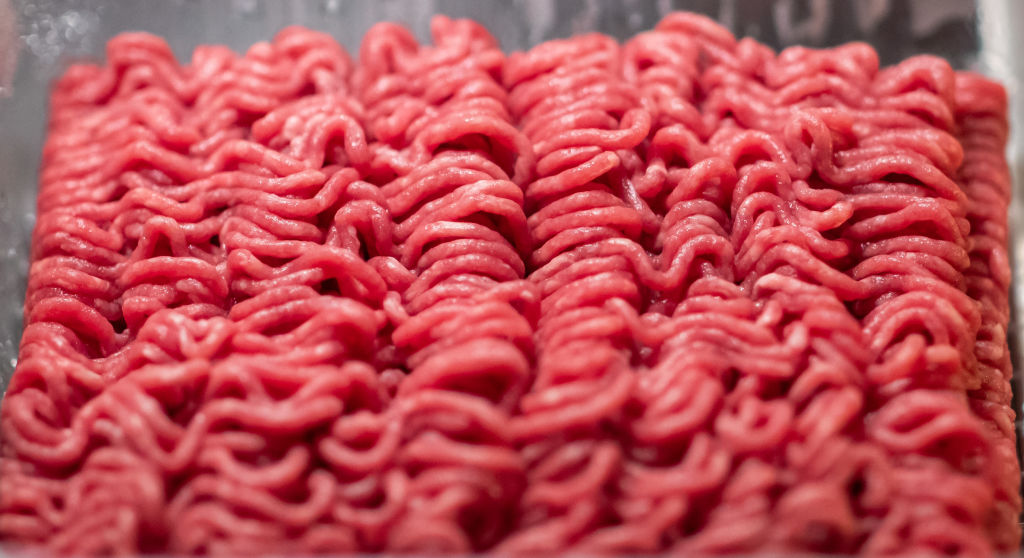US to mint its last penny as Treasury halts production after more than 230 years

It’s the end of an era for America’s smallest coin.
Treasury Secretary Scott Bessent will strike the nation’s final penny in a ceremonial minting on Wednesday, marking the official end of penny production.
The penny has been part of the U.S. currency since the very beginning. It was first authorized under the Coinage Act of 1792.
HOW TRUMP MIGHT GET RID OF THE PENNY — AND WHAT COULD COME NEXT FOR YOUR POCKET CHANGE
For more than 230 years, the penny has circulated through American piggy banks and cash registers.
But rising production costs – each penny now costs nearly 4 cents to make – and shifts in consumer behavior, such as the rise of digital payments, have made it impractical to keep producing them.
In February, President Donald Trump announced plans to halt the production of pennies.
"For far too long, the United States has minted pennies which literally cost us more than 2 cents," Trump wrote on Truth Social. "This is so wasteful! I have instructed my Secretary of the U.S. Treasury to stop producing new pennies."
TRUMP'S PENNY POLICY: IT MAKES SENSE TO STOP MAKING CENTS
Each year, pennies account for a significant share of U.S. coin production. In fiscal year 2024, they made up 57% of the Mint’s 5.61 billion circulating coins.
But with an estimated 300 billion pennies already in existence, far more than needed, the Treasury determined it was time to stop minting new ones.
The move is expected to save roughly $56 million per year in production costs.
GET FOX BUSINESS ON THE GO BY CLICKING HERE
Pennies can still be used to make purchases, be deposited at banks or kept in collections. They aren’t being banned or devalued, the government just won’t be minting new ones.
Pennies are currently minted at the Philadelphia and Denver facilities, and each coin can circulate for about 30 years before wearing out, meaning there will be no shortage of them anytime soon.
















































